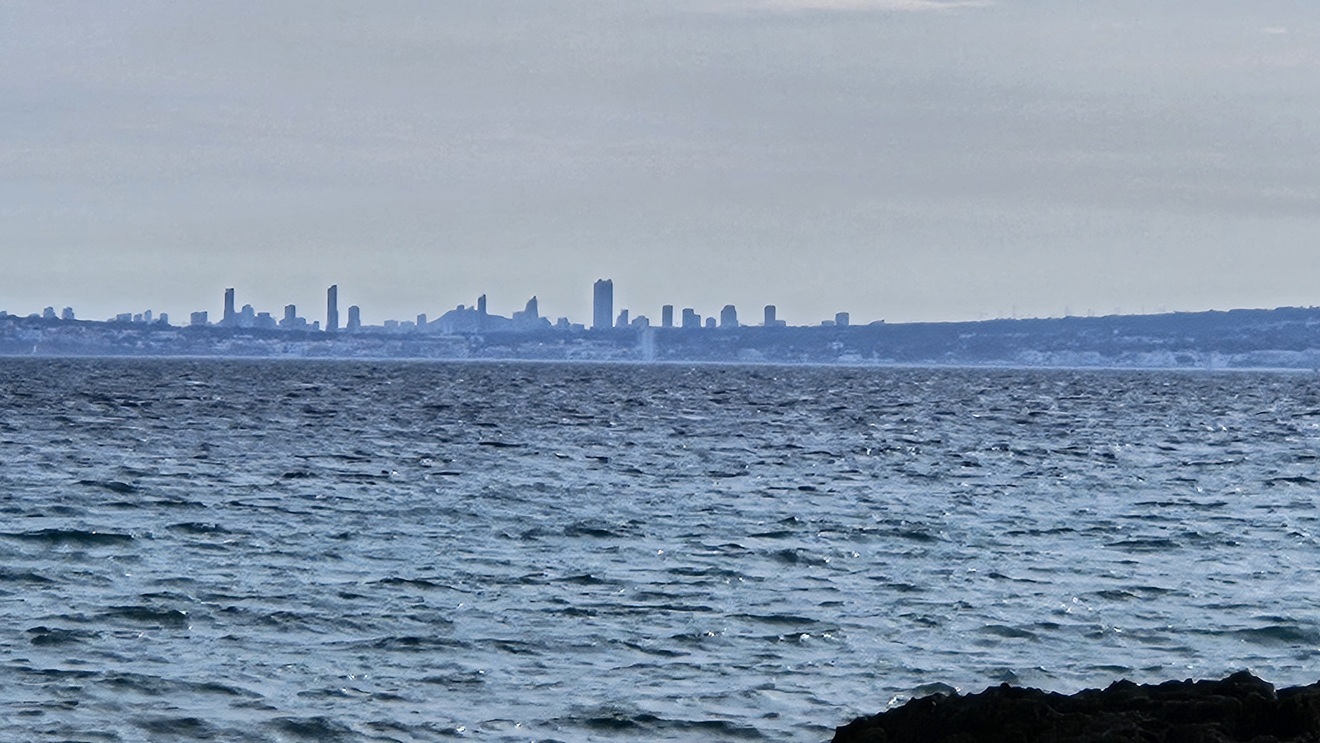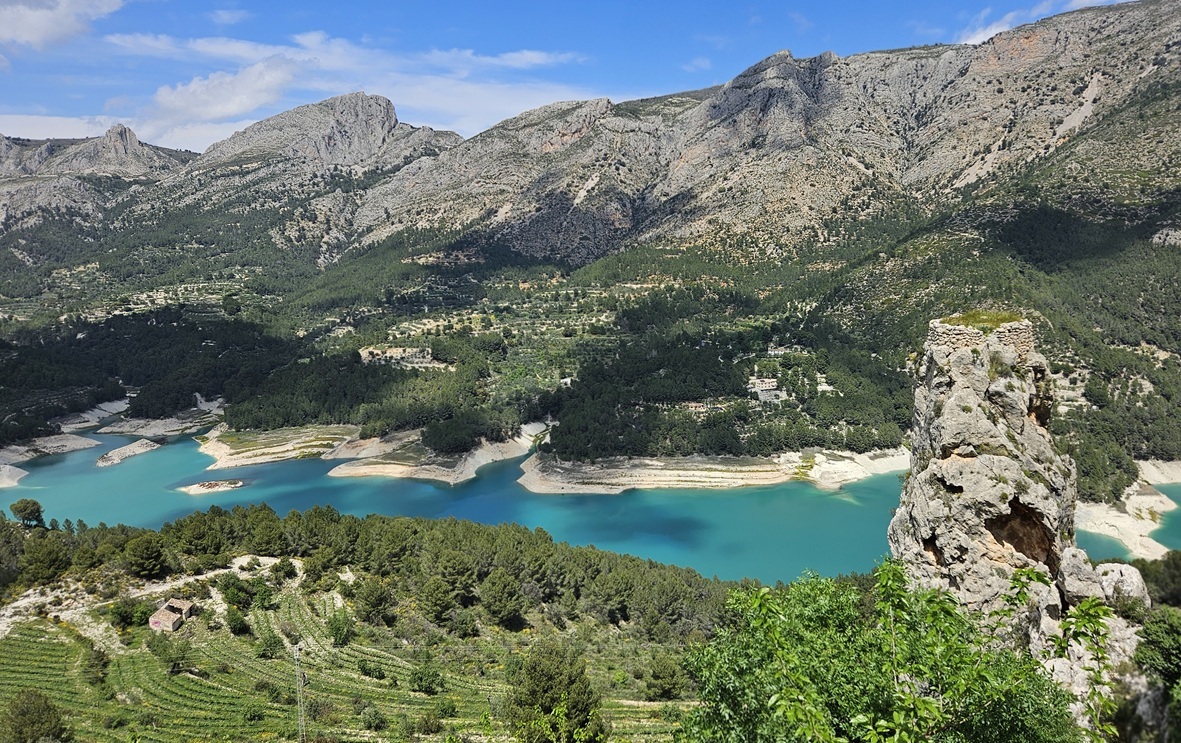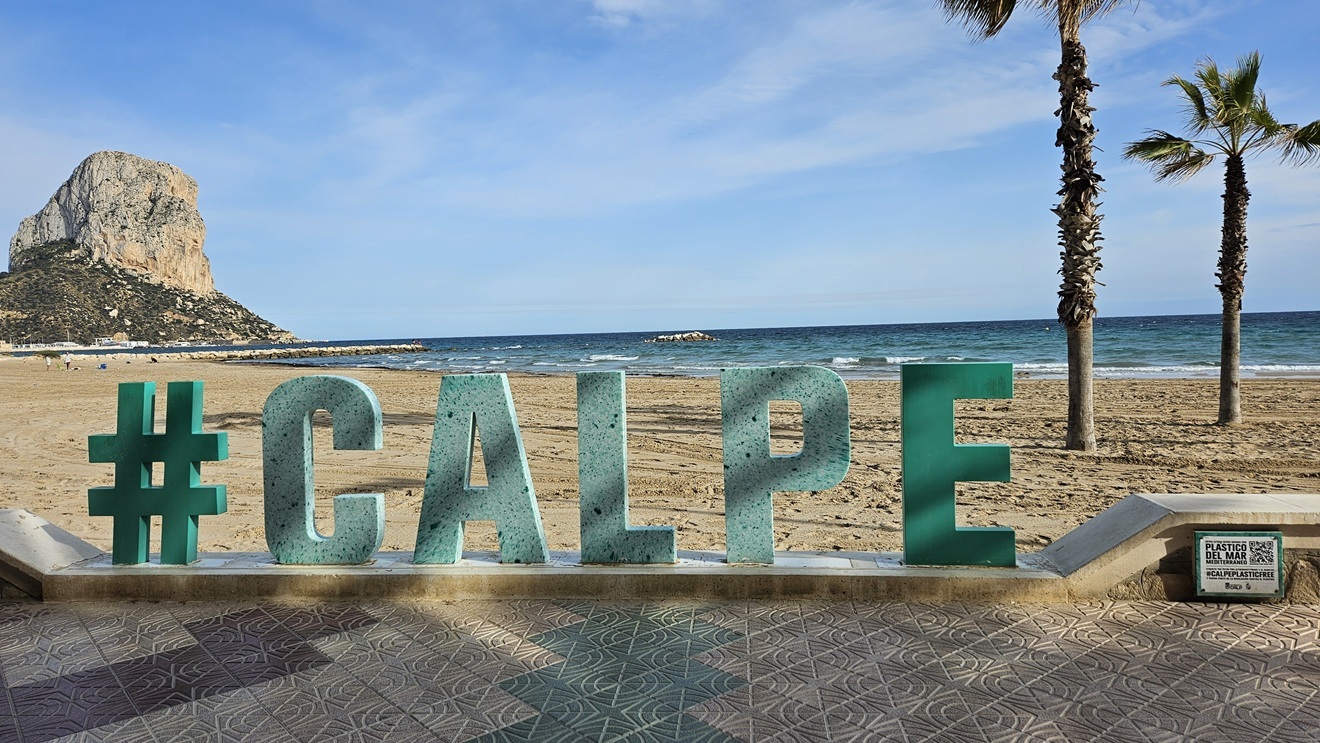Tourism is one of the most important sectors of the economy of many countries. It generates income, creates jobs and promotes cultural heritage. However, excessive numbers of tourists, or the phenomenon of so-called overtourism, can lead to serious social, environmental and infrastructural problems. Spain and Poland, although different in terms of scale and history of tourism development, are currently facing similar challenges related to the overload of the most popular destinations.
Spain is one of the most visited countries in the world – in 2023 it welcomed over 85 million tourists (including 17 million Britons, 12 million French and 11 million Germans). The highest tourist traffic is recorded in cities such as Barcelona, Madrid, Seville, as well as the Balearic Islands (Majorca, Ibiza) and the Canary Islands. Tourists spent 108.7 billion euros in Spain, which means a 25% increase compared to 2022.
In Poland, the phenomenon of overtourism began to be noticeable in the last decade, along with the dynamic development of domestic and foreign tourism. In 2023, Poland was visited by approx. 20 million tourists, most of whom were concentrated in several key places: Krakow, Warsaw, Zakopane, Gdansk and mountainous regions.
Main problems of overtourism in Spain:
Rising property prices and rents – many city centre apartments are being converted into short-term rentals (Airbnb), pushing out local residents.
Nuisance to local communities – noise, rubbish, overcrowding on public transport.
Environmental degradation – particularly sensitive natural areas, such as the beaches of the Balearic Islands, are suffering from over-exploitation.
Residents’ reaction – protests under the slogan “Turismophobia” were held in Barcelona and the Balearic Islands, and local authorities introduced limits on the number of tourist beds and restrictions on organised tours.

The main problems of overtourism in Poland:
Krakow – the historic city centre is crowded, and residents complain about noise, illegal rentals and rising prices.
Karpacz, Zakopane – excessive numbers of tourists lead to the destruction of trails, littering of nature and huge traffic jams.
Gdańsk and Mazury – seasonal influx of tourists overloads infrastructure and has a negative impact on local communities.
Urban changes – pressure to develop tourist infrastructure (e.g. hotels, parking lots) often clashes with the interests of residents and the protection of monuments.
Local and national authorities in both Spain and Poland are taking steps towards sustainable tourism management, with Spain having significantly more experience and serving as a model for Poland. Spain is a leader in implementing systemic countermeasures, as it has been dealing with overtourism for many years. Poland, on the other hand, is only just developing strategies to deal with the phenomenon – however, in many regions, local communities and authorities are increasingly actively looking for solutions. Both countries are moving towards an even distribution of tourist traffic, regulation of rentals and limits on the number of tourists, as well as education of visitors and protection of residents.
In Spain, the following actions have been taken to limit the negative effects of overtourism:
Restrictions on short-term rentals (Airbnb, Booking.com)
In Barcelona, it is forbidden to rent apartments to tourists if they are not registered - a strict licensing system is in force there. In 2021, the city banned the granting of new licenses for short-term rentals in the city center. Fines for owners who offer apartments illegally reach up to EUR 60,000. In Poland, work is still underway (also at the government level) on systemic solutions.
Tourist taxes
They were introduced, among others, in the Balearic Islands, Barcelona and Valencia - tourists have to pay daily fees for accommodation, which go to local budgets. The purpose of the taxes is to compensate for the costs associated with tourism and to finance environmental protection.
Poland does not have a uniform tourist tax, some municipalities introduce local fees (e.g. in mountainous, coastal municipalities). The extension of fees to the most popular locations is being considered as a form of financing sustainable development. However, Polish climate fees are met with opposition, especially when they apply to locations with major air quality problems.
Visitor limits and admission tickets
An online booking system and visitor limits have been introduced in popular tourist attractions (Park Güell in Barcelona – limits on the number of tourists to 1,400 per hour. Balearic Islands – restrictions on entry to beaches, e.g. Caló des Moro, where you have to book a spot in advance. Canary Islands – controls and limits on entry to trails (e.g. Teide volcano, Masca beach)).
In Poland, the Tatra National Park (TPN) has introduced entry limits to popular trails, e.g. to Morskie Oko – through a ticket sales system
Diversification of tourism – promotion of lesser-known places
National campaigns, e.g. “España Verde” (Green Spain), encourage visiting northern regions such as Galicia and Asturias. Enotourism routes (wine trails), agritourism and cultural tourism are being developed outside the main metropolises. In Poland, the Ministry of Sport and Tourism together with the Polish Tourist Organisation promote lesser-known regions, e.g. Podlasie, Roztocze, Świętokrzyskie Mountains. Campaigns have been created: “Relax in Poland”, “Sustainable tourism – respect the place you visit”.

Transport infrastructure and regulations
Introduction of bans on tourist coaches entering city centres (e.g. in Barcelona). Facilitation of pedestrian traffic and restriction of car traffic in city centres.Traffic and parking control systems are being tested in Zakopane during peak tourist seasons. More and more cities are developing applications and maps that indicate crowded places, recommending alternative attractions.
Resident involvement
Consultation programs – e.g. in Palma de Mallorca, residents co-decide on tourism policy. Support for cooperatives and social initiatives promoting sustainable tourism. Introduction of tourist taxes (e.g. in the Balearic Islands). Limits on daily admission to attractions (e.g. Park Güell in Barcelona). Promoting lesser-known regions of Spain (so-called dispersed tourism).
At PAULAT, we create effective communication strategies for territorial brands. Since 2007, we have conducted marketing research and data analysis in over 30 processes of identifying tourist products, creating brand strategies and/or brand communication. Our insights are used to increase the effectiveness of promotional activities, including Sopot, Lower Silesia, Płock and Kołobrzeg.
